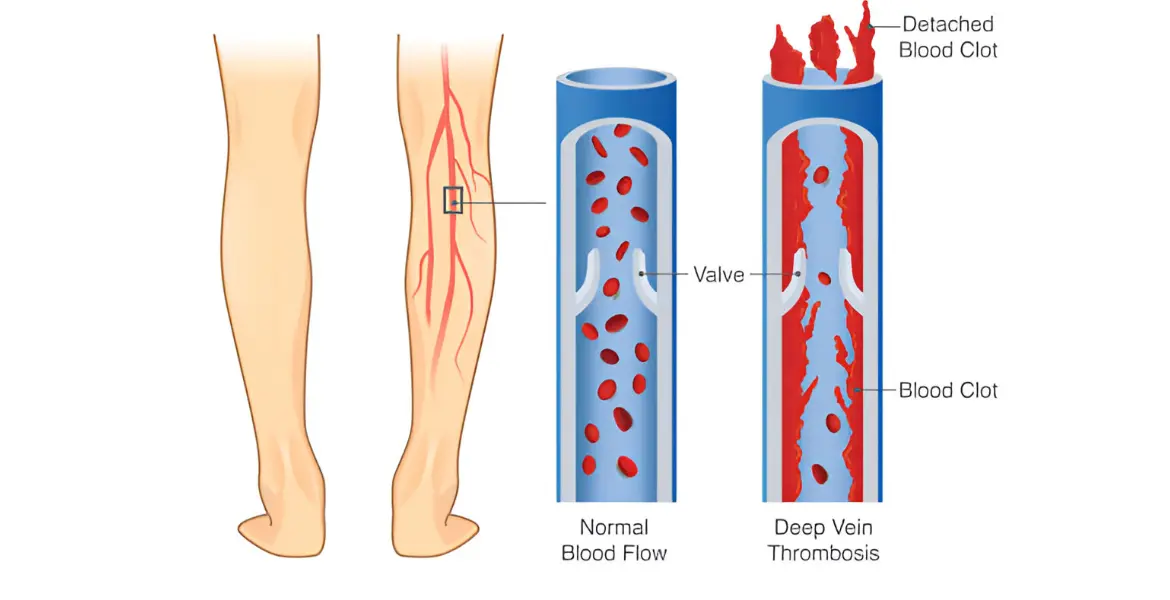Opening Hours
We are available 24/7.

Varicocele, an enlarged vein in the scrotum, is a common condition in men that can lead to pain, discomfort, and infertility. While varicocele may sometimes go unnoticed, it can significantly affect male fertility by reducing sperm quantity and quality. Fortunately, various treatment options are available, ranging from conservative methods to minimally invasive techniques. In this blog, we will explore the causes, symptoms, and treatments for varicocele, with a focus on varicocele embolization, a safe and effective minimally invasive treatment option.
Treatments range from supportive underwear and lifestyle changes to surgical and minimally invasive procedures. Varicocele embolization, performed by interventional radiologists like Dr. Kartik Mittal, uses coils or glue to block affected veins, offering shorter recovery and fewer complications than surgery.
Varicocele is a common condition affecting about 10-15% of men. It can cause discomfort and pain, especially during physical activity or prolonged standing. Besides being uncomfortable, varicocele can lead to reduced fertility in some men. They typically develop during puberty and are more common on the left side of the scrotum, though they can occur on either side. The precise cause is unknown, but it is believed to be related to genetic factors or damage to the valves in the veins of the scrotum.
The exact cause of varicocele is unknown, but it is thought to result from pressure buildup in the veins that carry blood from the testicles back to the heart.
Varicocele can occur in any male but is more common in men with a family history of the condition or those who are tall and thin.
Yes, varicocele is a common condition, especially among men aged 15 to 25. Studies show that up to 15% of men in the general population and up to 40% of men with infertility issues have varicocele. If you are experiencing symptoms, it is important to consult a doctor or an interventional radiologist, such as Dr. Rajendra Bansal, who specializes in minimally invasive treatments like varicocele embolization.
Varicocele often do not cause symptoms, but when they do, they may include:
Varicocele is a common cause of male infertility and can significantly affect a man’s ability to conceive. If left untreated, varicocele can lead to low sperm count, decreased sperm motility, and abnormal sperm shape, reducing the chances of fertilization and conception. Men experiencing symptoms such as pain, discomfort in the scrotum, or testicular atrophy should seek medical attention promptly. Treatment options like varicocele embolization or varicocelectomy can alleviate symptoms and improve fertility outcomes.
If you experience symptoms such as pain or discomfort in the scrotum, swelling or a lump in the testicles, or testicular atrophy, it is important to see a doctor. Additionally, if you and your partner are struggling to conceive, seeking medical attention is recommended. You may want to consult Dr. Rajendra Bansal, a renowned interventional radiologist in Jaipur, India, who specializes in varicocele embolization. His practice is known for performing the highest number of varicocele embolizations in India.
Varicocele treatment options include surgical and minimally invasive procedures. The two most popular treatments are:
Both procedures are relatively safe and have high success rates.
Non-surgical treatment options include wearing supportive underwear, making lifestyle changes, and taking supplements.
Varicocele embolization is a minimally invasive procedure that uses a special material, usually a coil or an agent like glue, to block the affected veins. An interventional radiologist inserts a small catheter into a vein in the groin or neck area and guides it to the affected vein in the scrotum. The embolization material creates a clot, diverting blood flow to healthy veins. This outpatient procedure typically takes 30-60 minutes and offers a shorter recovery time and lower risk of complications compared to traditional surgery. Consult with a qualified interventional radiologist to determine if varicocele embolization is right for you.
Varicocele embolization is a safe, effective, and minimally invasive treatment that can be performed on an outpatient basis. It has a lower risk of complications than surgery, does not require general anesthesia, and has a shorter recovery time. Patients can usually return to normal activities within a few days.
The cost of varicocele embolization can vary based on location, hospital fees, the expertise of the interventional radiologist, and the type of materials used during the procedure.
Varicocele embolization is generally covered by health insurance, but it is best to check with your provider to confirm coverage and any out-of-pocket expenses.
Varicocele embolization is beneficial for army recruits with varicocele due to its minimally invasive nature and short recovery time. Recruits may need to undergo treatment before deployment to ensure they are fit for duty.